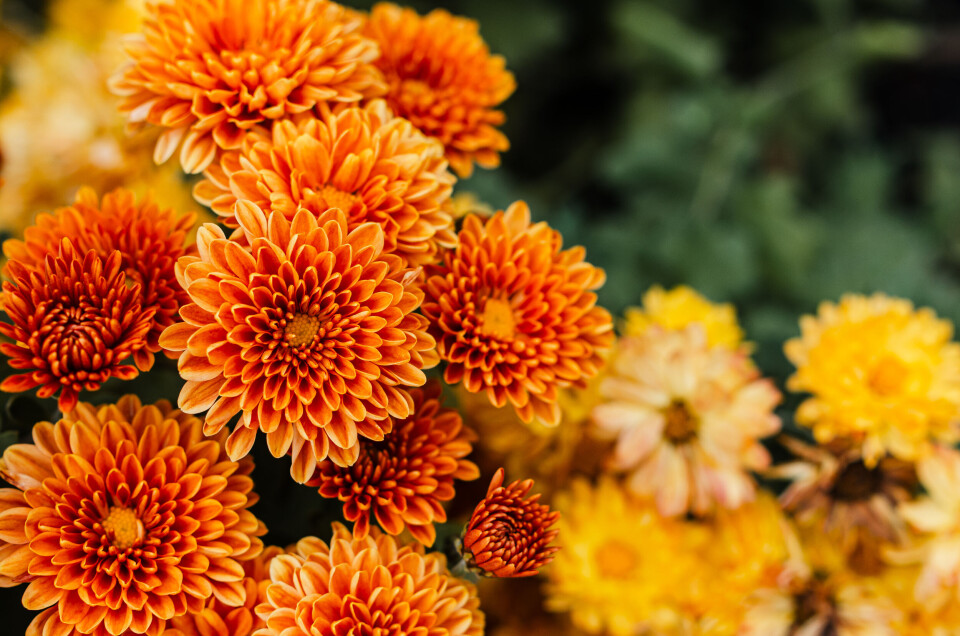-
Social charges on UK government pensions: France residents report progress
Issue now drawing attention at the highest levels
-
Good news for many micro-entrepreneurs in France: plans to lower VAT threshold rejected by Senate
Vote reverses proposal to lower tax exemption thresholds for self-employed workers
-
EasyJet expected to expand Bordeaux coverage in summer 2026
Aircraft have been redistributed following the closure of Toulouse hub
Why chrysanthemums are the French ‘flower of the dead’
As the festival of Toussaint and honouring the dead approaches, the chrysanthemum flower spikes in popularity. But why is this flower the French symbol of the dead?

Over 25 million pots of chrysanthemums are sold in France every year, many of them around Toussaint (November 1) - the variety makes up 15-20% of business at this time of year.
A reminder: the Catholic festival of Toussaint celebrates “all saints” on November 1 - followed by the festival to honour all “faithful dead”, on November 2 - with the first of the month always a national holiday.
Chrysanthemums are likely to be seen on gravestones and as decorations on both days, as well as later in the month for the First World War Armistice remembrance day, on November 11.
The flowers’ association with graves is the main reason why it is not advised to buy a bouquet of the blooms when visiting a new friend or someone’s house in France.
Yet, the association is not as old as one may think.
READ MORE: What is Toussaint day, when is it and why does France celebrate?
It began in France in 1919, during the first ever celebration of the 1918 armistice.
Then-President Raymond Poincaré and Prime Minister Georges Clemenceau ordered that all graves in France be decorated with flowers, replacing the older tradition of decorating them with candles (which used to symbolise “life after death”).
Not many flowers are still in bloom at this time of year, but chrysanthemums are still flowering in autumn, and come in several varieties.
As a result, the First World War dead on November 11. Since then, the tradition has spread, and now begins with Toussaint on November 1.
The flowers have become a symbol of immortality and longevity, with horticulturalists ensuring their autumnal blooms by beginning their crops in early spring.
Stay informed:
Sign up to our free weekly e-newsletter
Subscribe to access all our online articles and receive our printed monthly newspaper The Connexion at your home. News analysis, features and practical help for English-speakers in France























